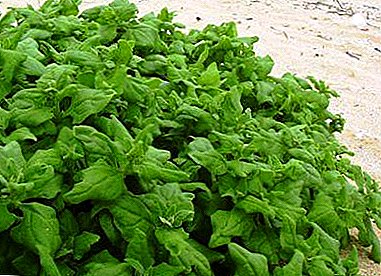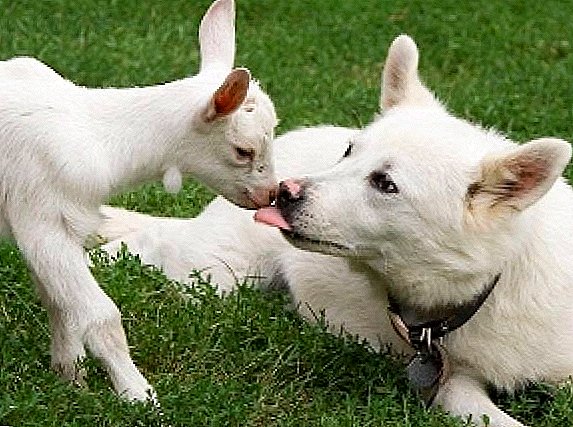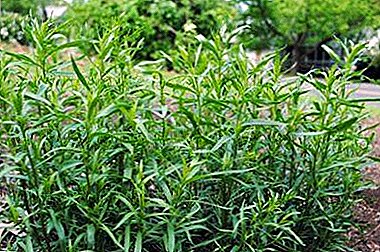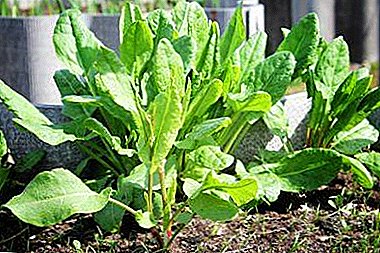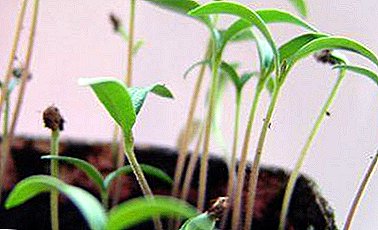
Hybrid Meat Chicken - Broilers - differ from the usual young birds with increased development energy and low feed costs per 1 kg of growth.
Growing broiler chickens in the garden is a profitable venture. They are slaughtered for meat after being kept for 2.5 months. With proper care, the weight of the chicken by this time is 1.4-1.6 kg.
Broiler meat in comparison with adult poultry meat has higher taste properties and is much more nutritious. The dishes prepared from it are dietary and are especially recommended for children, the elderly and sick people.
Choice of breed
Usually chickens are bought from producers.breeding them specifically for sale. Many are trying to buy chicks of daily age at the lowest cost. But in the first days of life chicks die most often.
Therefore sometimes it is wiser to take young of 10 days. Chickens are best purchased at hatchery stations in poultry farms.
It is necessary to choose mobile, active chickens with brilliant, clear eyes. To distinguish between cockerels and chickens, you need to straighten the chicken's wing. Cockerel feathers of the same length, in hens - different.
Healthy chick distinguishes soft and taut tummy, smooth down, clean "ass." Their wings should be pressed to the body. But for some breeds of broilers ("Cobb 500", "ROSS-308") a slightly enlarged belly, a bluish tinge of the legs and beak are common.
Normally developing chickens always respond to sound. When tapping on the box where they are located, the chicks tend to noise.
A cross is a line of hatched chickens. with certain properties. Adler silver, Kuchinskaya jubilee, Rodaylanp, Plymouthrock will suit the mixture of breeds, but their meat qualities are lower.
The most common and world-class meat-crossing is Smena-7. About half of the broilers grown by domestic poultry farms were bred by the Smena breeding plant.
Of the imported broiler crosses, the Cobb 500 and ROSS-308 are considered the best.
Egg Incubation
 With the reduction of poultry stock in poultry farms, it is not always possible to acquire daily broiler chickens. In this regard, before growing young stock for meat, owners of private farms plant adult birds or raise them until puberty. Then get hatching eggs from them.
With the reduction of poultry stock in poultry farms, it is not always possible to acquire daily broiler chickens. In this regard, before growing young stock for meat, owners of private farms plant adult birds or raise them until puberty. Then get hatching eggs from them.
The industry produces small-sized incubators specifically for private households. Domestic manufacturers produce models: IPH-5, IPH-10, LEO-0.5, "Hatch" and others. They laid 50-100 eggs.
But working with an incubator is a complex process that requires special knowledge, exact adherence to broiler chickens technology and the acquisition of expensive equipment.
For incubation, eggs are carefully selected according to the shape, weight, egg content and condition of the shell. For breeding meat young, rejection is less strict.
About the lifespan of rabbits can be found here. It is interesting!
Features of cultivation and conditions of detention
Depending on the possibilities and the available conditions of housing, broilers are grown by extensive and intensive methods. In the first method, one batch of chickens is purchased in spring or summer and grown until autumn. When using the intensive method, youngsters are purchased every 3-4 months in small batches during the year.
Chickens are not allowed to walk and are fed with complete feed. If you can not buy any, then they are prepared at home, making the mixture according to the approximate standards. Growing chickens for more than 70 days is not economically viable. After this age, their development slows down, and the payback of feed decreases.
Broiler chickens are contained in two types of conditions: on deep litter and in cages (broiler cage). In the first method, according to the name, litter plays an important role. It should consist of a dry, loose mass capable of absorbing harmful gases and dampness.
The best option is dry sawdust. Their layer can be up to 10 cm. Before covering with sawdust, sprinkle the floor with lime at the rate of 0.5-1.0 kg per 1 m2. The room for raising day-old chicks is lit around the clock.
On 1 m2 area can contain up to 18 heads. But it requires good ventilation. In the first days of cultivation, the temperature is maintained at 26-33 ° C. By the fourth week, it gradually decreases to 18-19 ° C. At lower temperatures, growth of chicks is delayed and weakened chicks die.
Household electric heaters are used to heat the room. The temperature must be adjusted periodically.
For growing broilers in cages, a higher temperature is maintained than with the outdoor method of keeping. Chickens in these conditions can not choose a warm place, so it is necessary that the temperature on the upper tiers does not fall below 34 ° C.
This is especially important for day-old chicks. Density of placing young stock in cages - 10 animals per 0.5 m2. It does not change until the cultivation is completed.
Feeding and care
 In the early days, the young stock is also fed as egg breed chickens. Their diet includes millet, boiled eggs, oatmeal, finely chopped wheat, barley, oats. Grain feed should be 60-65% of the total feed.
In the early days, the young stock is also fed as egg breed chickens. Their diet includes millet, boiled eggs, oatmeal, finely chopped wheat, barley, oats. Grain feed should be 60-65% of the total feed.
From the 3rd day add in mash fresh chopped greens. It can be replaced by grass flour or germinated grain (preferably barley). Grass meal is fed no more than 5 g per head per day. The fiber contained in it is poorly absorbed by the body of chicks.
From the age of 20 20% of the grain can be replaced with boiled potatoes making a wet mash. Mineral substances are surely added to feed for chickens: chalk, bone meal, shell. In a crushed form, they are introduced into the mash 2-3 g per head per day from 5 days of age.
In the second month of feeding Chicks are less demanding on the composition of the feed. At this time, succulent feed, grass meal and herbs are introduced into the diet, and the amount of protein feed is reduced accordingly.
The degree of fattening and the readiness of the birds for slaughter is determined by fat deposits under the wings and chest. When swelling feathers through the skin, fat should be visible.
Looking for information on growing and caring for a pumpkin? The answer is in this article.
How to make a flower bed is described in this article.
Video how to make a compost pit: //selo.guru/stroitelstvo/dlya-sada/kak-sdelat-kompostnuyu-yamu.html
Important points
On industrial poultry farms the main food of broilers - compound feeds. In the farm without a thoughtful and varied diet, fattening chickens may not be justified. To monitor the growth of broilers requires their weekly weighing.
First five days especially responsible feeding period for chicks. Their digestive system is not developed yet and the feed should be easily digestible.
Of great importance for the development and growth of chickens lighting. In the light of their metabolism is activated. During the first crescent they need around the clock coverage.
A photo
Some useful photos, for increase simply click on them.
[nggallery id = 6]


 Looking for information on growing and caring for a pumpkin? The answer is in this article.
Looking for information on growing and caring for a pumpkin? The answer is in this article.